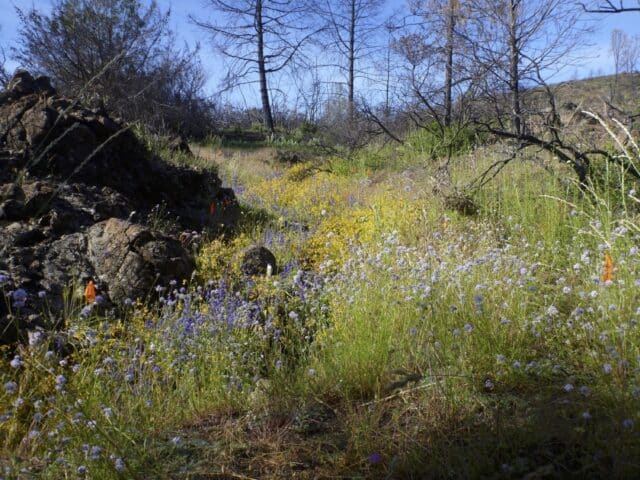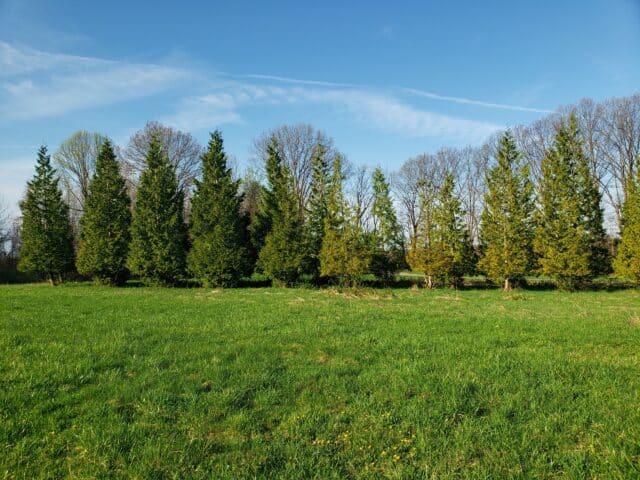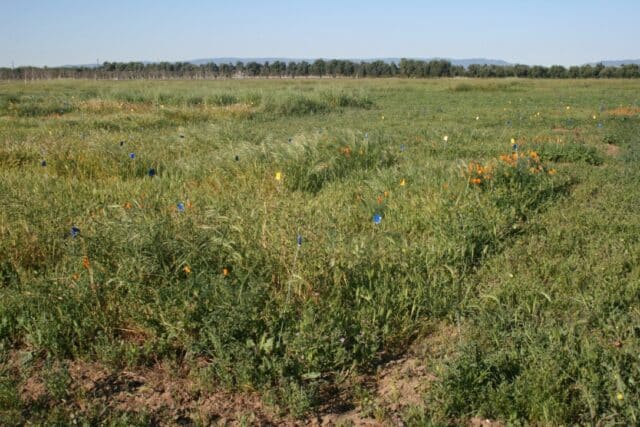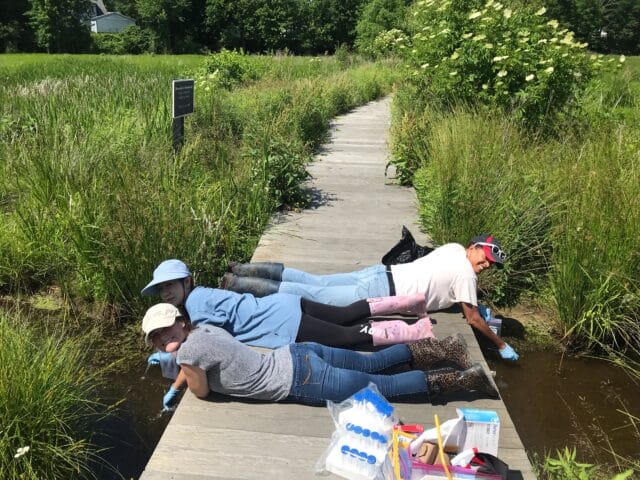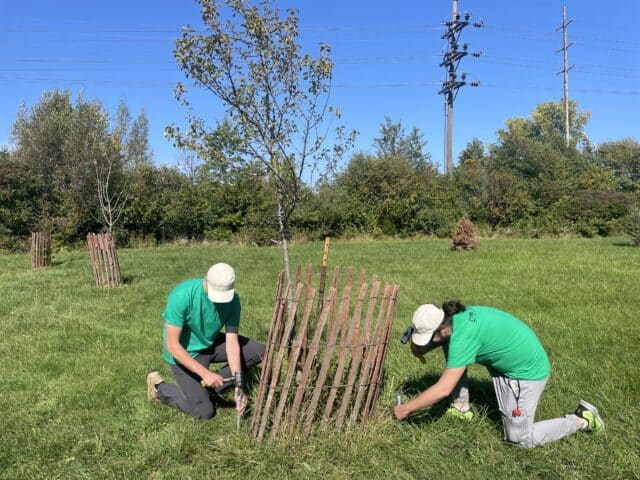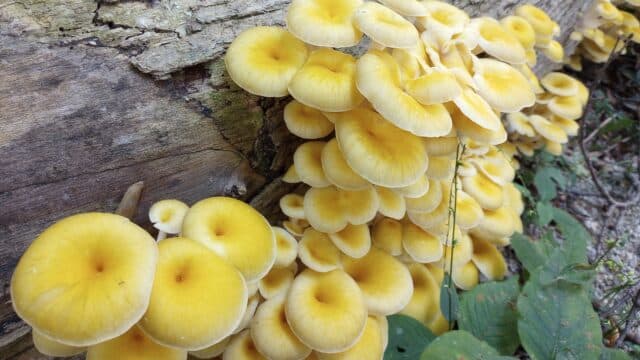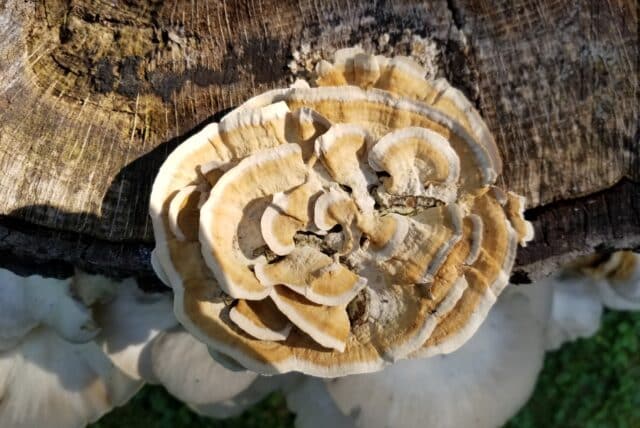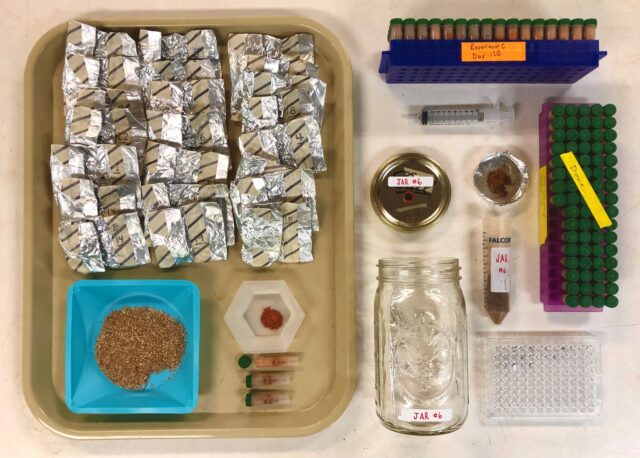
I recently began a PhD program where I am hosted jointly by Case Western Reserve University and the Holden Arboretum. The BioScience Alliance program promotes collaboration across research facilities in the Cleveland metropolitan area including CWRU, the Holden Arboretum, the Cleveland Museum of Natural History, and the Cleveland Metroparks Zoo. You can learn more about this Cleveland collaboration at here: https://sites.google.com/case.edu/bioscience-alliance/about-us?authuser=0
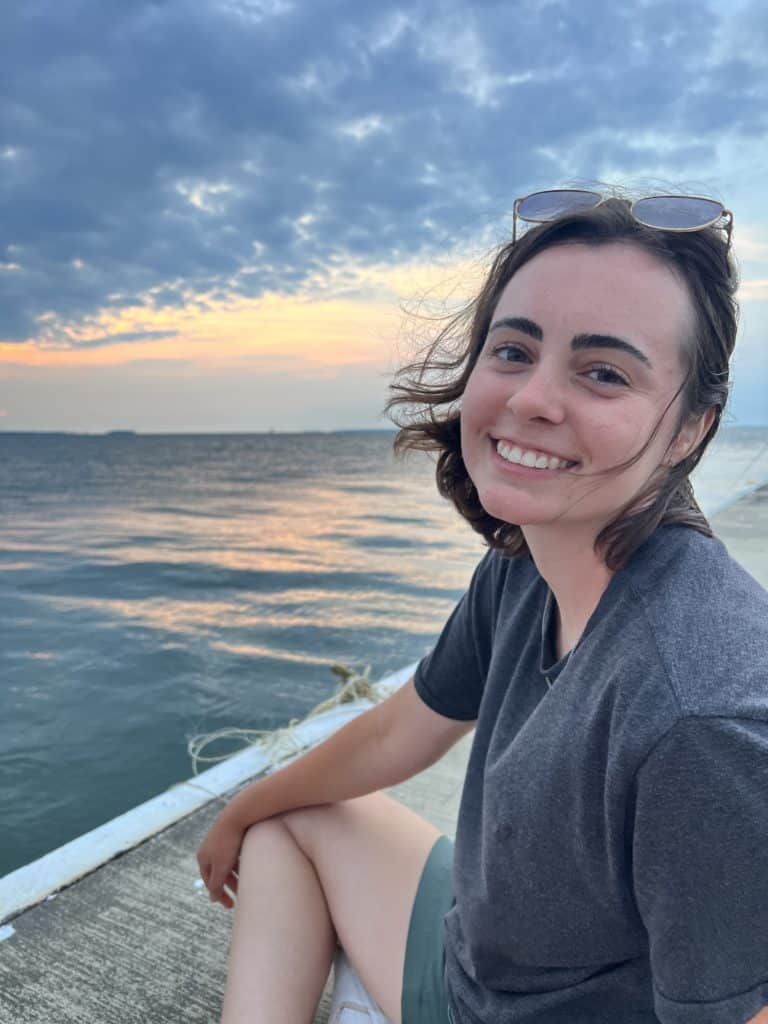
The BioScience Alliance program affords graduate students at CWRU the ability to be advised by scientists at partnering organizations. Through this program, I had the opportunity to join Dr. Juliana Medeiros’s plant physiology lab at Holden in hopes of learning about how biotic and abiotic stressors impact plant function.
I first became interested in plant biology during my undergraduate studies at John Carroll University. To determine whether a career in plant biology was the right fit for me, I completed an internship during the summer of 2021 at Holden where I assisted Sharon Danielson, a current graduate student in the Medeiros lab, with her dissertation research on urban and rural tree physiology. By the end of the summer, it was evident that plant physiology fueled my curiosity and thirst for knowledge. I continued working on the same project during this past summer to develop research skills that will aid me in my future research endeavors. The transition from being an intern to graduate student in the lab has been exciting and intellectually stimulating.
I am currently in the process of developing research ideas for my dissertation. Broadly, I am interested in studying how light foraging in plants is affected by environmental factors. In the same way that a squirrel might forage for food resources like nuts or berries, plants must forage for resources such as light and nutrients. Light availability is low for understory shrubs because of shading from taller trees, which influences the way these plants photosynthesize.
Species that are frequently shaded often have different physiology than species that are in high light. Since understory species are light limited, they typically have a lower photosynthetic capacity, meaning that at high light intensities their maximum photosynthetic rate is lower than species that do well in full sun. Shade plants have a lower light compensation point, meaning that they can produce carbon from photosynthesis at lower light intensities than sun plants. Unlike shade plants, sun plants may become exposed to dangerously high light quantities that can cause damage to proteins involved in photosynthesis.
Fortunately, plants have protective mechanisms, such as the xanthophyll cycle pigments. These pigments create the fall colors of yellow and orange, which becomes visible as chlorophyll in the plant is broken down in advance of winter. During the growing season, these pigments play an important role in managing the amount of light that is absorbed by the leaf, they allow excess light energy to be safely dissipated as heat.
Lastly, it is interesting to consider that the shading of understory shrubs by taller trees represents a form interspecific competition, or competition across species. Similarly, if a species grows in dense stands, then intraspecific competition, or competition within a species, may limit light availability. Competition for light has been shown to alter plant architecture, as woody plants can gain access to just the right amount of light by directing where they place their branches as they grow, and I am interested in identifying questions surrounding this area for my dissertation.
The goal is to have my dissertation projects mapped out by May 2023, and I look forward to providing an update with the direction that my research is headed. I am incredibly excited about my new role in the Medeiros lab and I am thrilled to have the opportunity to learn more about a topic that interests me.
